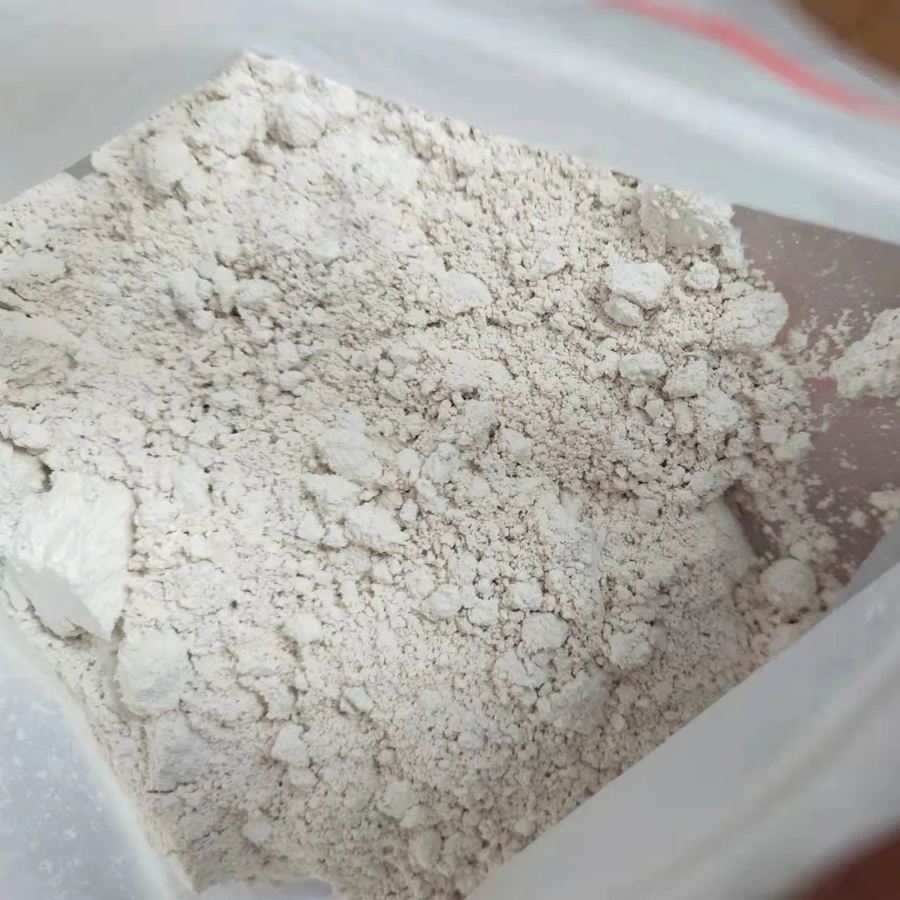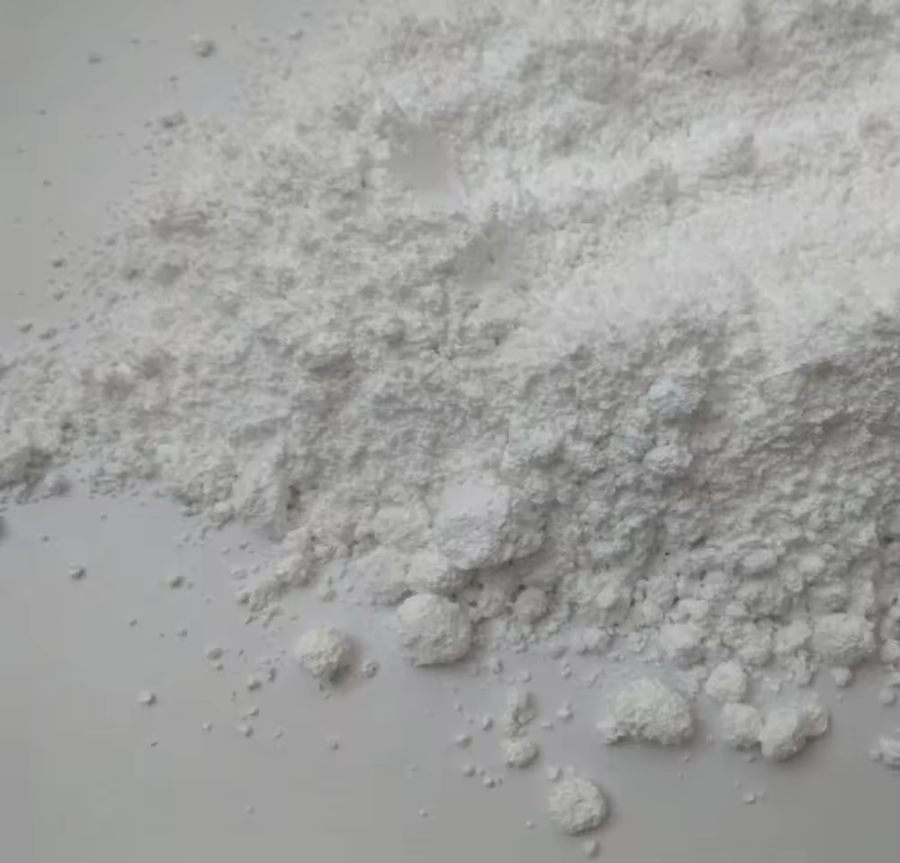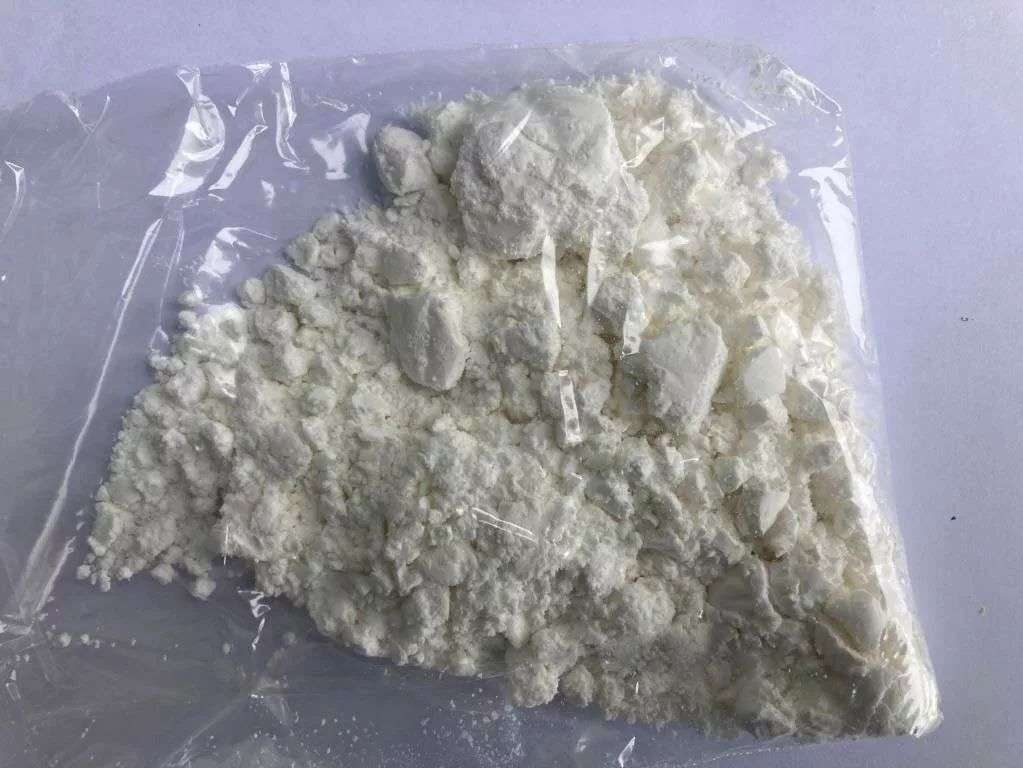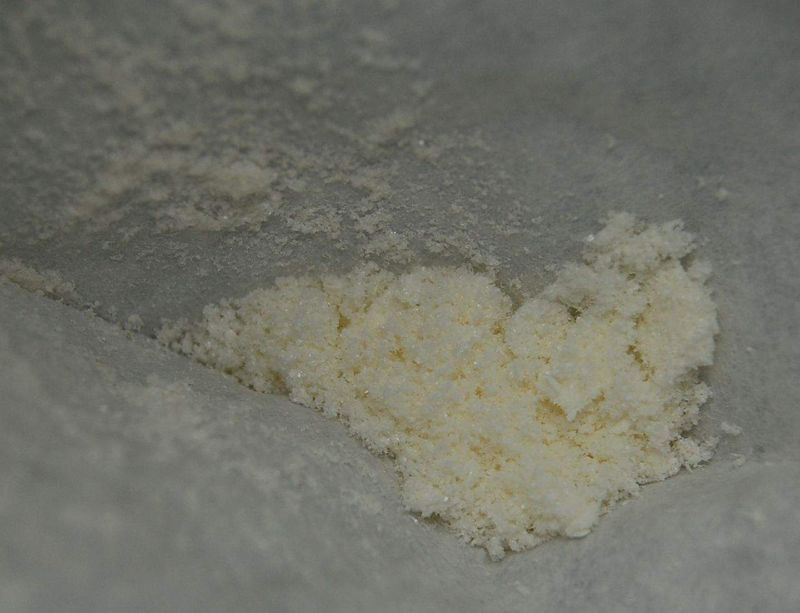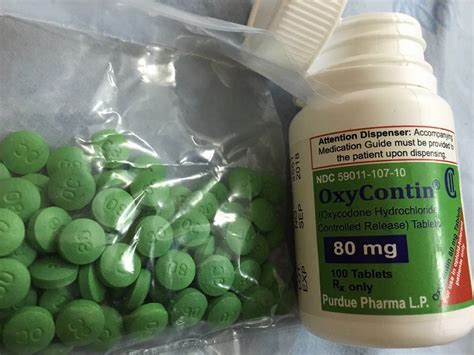
The pattern of cocaine exposure is similar to that observed with stimulants, but there are some differences. The rate of development of intoxication and its intensity depend on the route of administration.
Intravenous administration of cocaine alkaloid has a rapid effect. In slang it is designated as “rush” (rush), that is, “throw”. Already “at the tip of the needle” euphoria develops, a feeling of spiritual and bodily bliss, extraordinary comfort, and also “love” for all people.
Smoking “crack”, that is, pressed powder, also has a quick effect, since absorption occurs from the entire surface of the lungs.
“Crack”, as indicated, is cocaine, specially prepared, and is characterized in that it does not break down when heated.
Pernasal administration, in which cocaine powder is placed in the nostrils, as in the old days snuff snuff, begins to act somewhat slower after 5-10 minutes. At the end of the XIX-beginning of XX centuries. it was the most common method of cocaine abuse. Currently, it is rarely resorted to:
The chewing of the leaves of the coconut shrub was mainly used by the natives of Central and South America. The action of cocaine in this case occurs much more slowly and is expressed much weaker than with the previously mentioned methods of administration.

Typical intoxication can be described as a manic-like state with pronounced euphoria and increased activity, self-confidence, even majesty in the manner of behaving. At the same time there is a certain wariness, a tendency to conflict, adolescence is pugnacious. Subjectively, there is an increase in creative abilities, unprecedented quick wit, special depth and penetration of one’s own thoughts. Sexual arousal is also considered characteristic, in adolescents sometimes with a tendency to homosexuality, which did not appear earlier. Perhaps this is due to insufficient differentiation of attraction at a given age. They also note a feeling of well-being, lightness throughout the body.
Somatic disorders are reduced to increased heart rate, increased blood pressure. The pupils are dilated. Sometimes chills with cold sweat alternate with a feeling of heat throughout the body.
Intoxication with an overdose proceeds differently: against the background of anxiety, fear and confusion, a figurative delirium of persecution arises. There are thoughts that others are plotting something, they want to crack down, kill.
Tactile hallucinations are very characteristic precisely for the action of large doses of cocaine or for high sensitivity to conventional doses. There is a feeling that insects crawl through the body (Magnan’s symptom), they are searched for, trying to catch and crush, comb the skin.

Hearings by name can be heard, more often ringing in the ears. Sometimes there is an unusual curiosity for everything around – they are constantly looking at everything. Stereotypical movements of the lips and tongue occur. Unexplained oddities of behavior are also noted, such as the tendency to pile different things in heaps.
Somatic and neurological disorders in case of an overdose are very serious. Cardiac arrhythmias appear. Pain behind the sternum resembles angina attacks. Fainting, seizures are described. Death can occur due to cardiac arrest or depression of the respiratory center. The latter complication is especially dangerous if the effects of cocaine are combined with the use of opiates.
The aftereffect (post-toxic state) is characterized by the same disorders as with other stimulants (phenamine, ephedron, etc.). The word “crash” (crush), that is, “breakdown”, American adolescents denote dysphoria with anxiety, irritability, bitterness both on others and on themselves, and at the same time with severe asthenia and sadness. There is a strong desire to repeat smoking or an infusion of cocaine.
A few hours after the onset of the aftereffect, it begins to weaken and passes by the end of the day, leaving only asthenia. If by the end of the day the dysphoria does not disappear, and even its growth is detected, this indicates the development of withdrawal symptoms.

